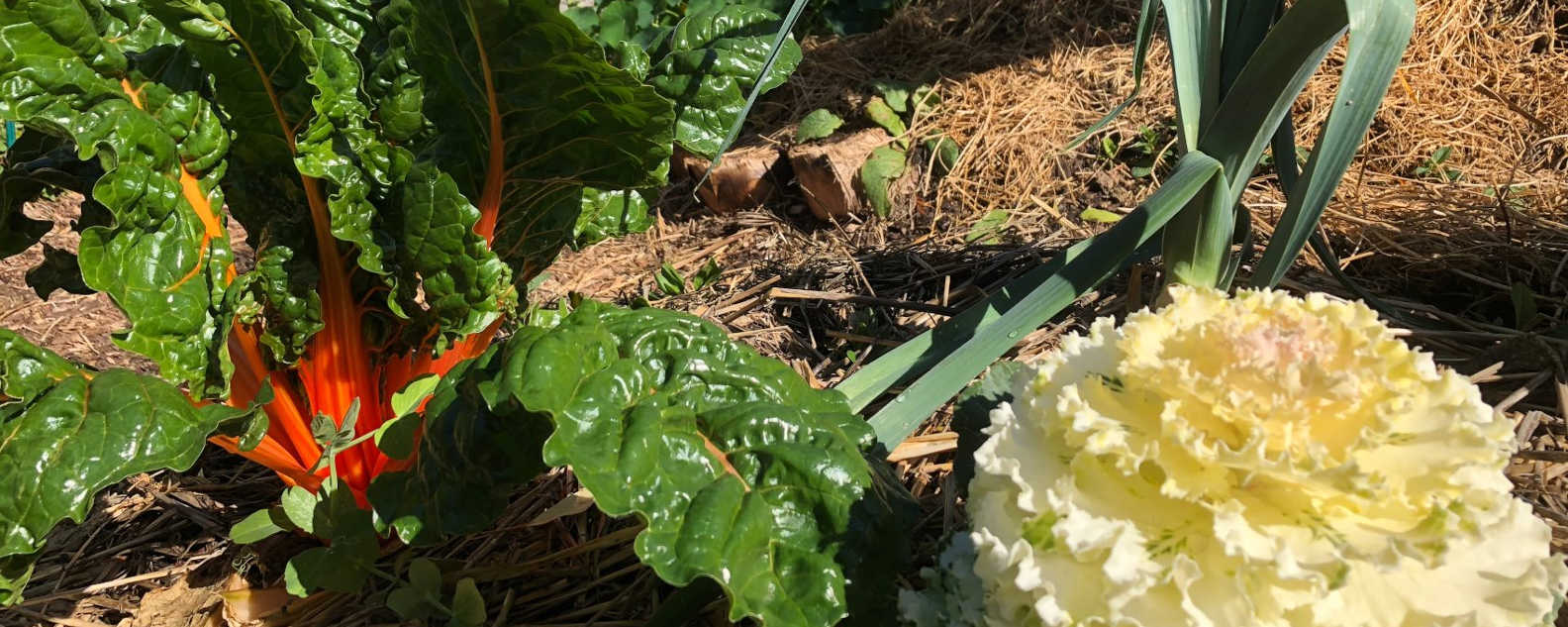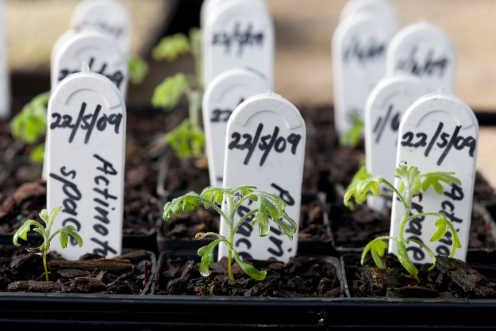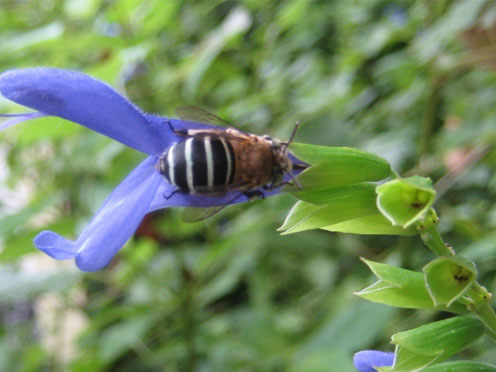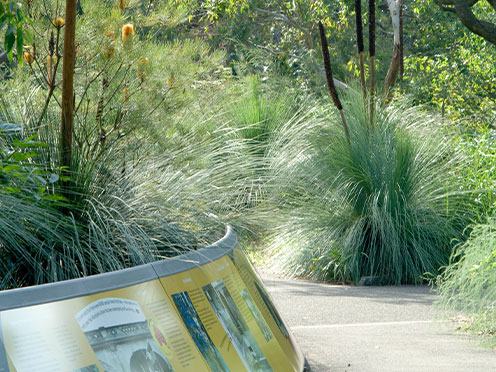Creating a No-dig Garden
Create the ideal home for your vegetable garden by making perfect soil that is full of life!

The soil is more than just a medium to anchor plant and tree roots. It is a complex ecosystem teeming with diverse life, and the basis for your garden. This thriving ecosystem also needs to be fed, like a ‘big hungry beast’.
Digging exposes the organisms within the soil and dries them out. When the big hungry beast becomes exposed, it loses a lot of its organic matter and nutrients, such as carbon and nitrogen. This results in a lack of soil structure, compaction and loss of water retention. This is why the 'no-dig' technique is so fantastic.
Garden Heaven - A flourishing no-dig garden full of tasty green vegies. Making layers - Water the brown layer before adding the next green one. Harvesting potatoes - There is nothing like harvesting home-grown potatoes from your no-dig garden. Kale and Silver-beet abundance - A successful, thriving no-dig garden! No-dig layers - Layers starting to build in a no-dig garden.
Create a no-dig garden
No-dig gardens are not tricky to make. Just follow the basic principle of layering greens and browns and soaking each layer.
Possible materials:
Newspaper/cardboard, pea straw, lucerne, hay, manure, compost, blood and bone, sugar-cane mulch, seaweed solution, leaves, lawn clippings, and shredded paper or plants.
Steps:
There are almost as many different ‘recipes’ for the perfect no-dig garden as there are gardens themselves. Remember, you can’t go wrong if you layer nitrogen (green) and carbon (brown) layers and soak them as you go along... but here’s a recipe that won’t disappoint!
- Find a suitable location, with lots of sunshine. Aerate the ground, giving the new garden the opportunity to tap into the microbe/organism highway beneath. If making the garden over grass, lay a thick bed of newspaper or cardboard. Ensure the paper or cardboard pieces overlap leaving no gaps, and give it a good soaking of water.
- Over the newspaper/cardboard lay some semi-processed food scraps/compost or some blood and bone type pellets (this is the first green layer). Then lay a generous layer of straw or another available carbon material (this is the first brown layer). Tip: Soak the 'brown' carbon layer in a seaweed solution or some worm juice before adding it to the garden.
- After the carbon layer, spread a nice thick layer of nitrogen such as fresh grass clippings or manure and then continue with alternating generously between carbon and nitrogen. Suggestions for carbon (brown) and nitrogen (green) layers are in the diagram below.
- A no-dig garden can be made from locally sourced materials and diversity of these materials improves the quality of the garden. Diversity will attract a greater variety of microbes, organisms and minerals all working together to nourish the plants. Some suggestions which assist are soaking your carbon layers in a clay/seaweed solution which adds trace elements and helps bind minerals and adding molasses to your nitrogen layers to activate the bacteria and feed the fungi.
- Make the top layer ‘brown’ organic material, which acts as a great mulch to suppress weeds, hold water and insulate the soil.
- To plant seeds or seedlings, pull aside the mulch and dig a hole. Add one or two handfuls of compost into the hole that you have created. Then make a hole in the compost to plant the seed or seedling.
NOTE: The no-dig garden will approximately halve in height in the first six months as it composts away. Therefore, if you want a 30cm-high vegie bed, build up your layers up to 50 - 60cm.
No-dig Layers
The ingredients of your garden's green and brown layers will depend on availability. Here are some suggestions:

Add extra nutrients: Soak your 'brown' layers before adding them to the garden. Try a mixture of water and any or all of these ingredients: Fish emulsion, seaweed solution, molasses, worm-juice, clay or basalt rock dust.
Related resources


